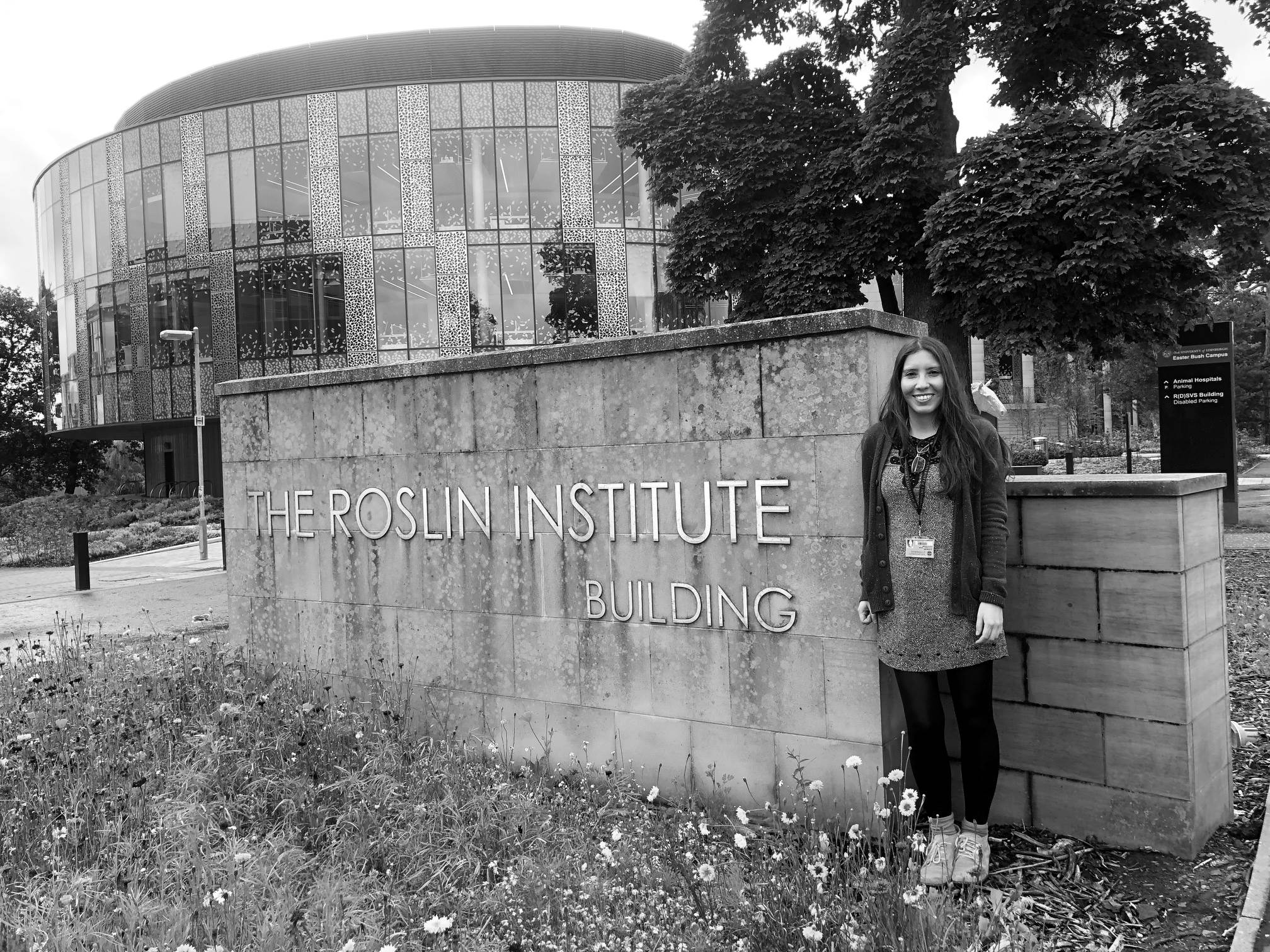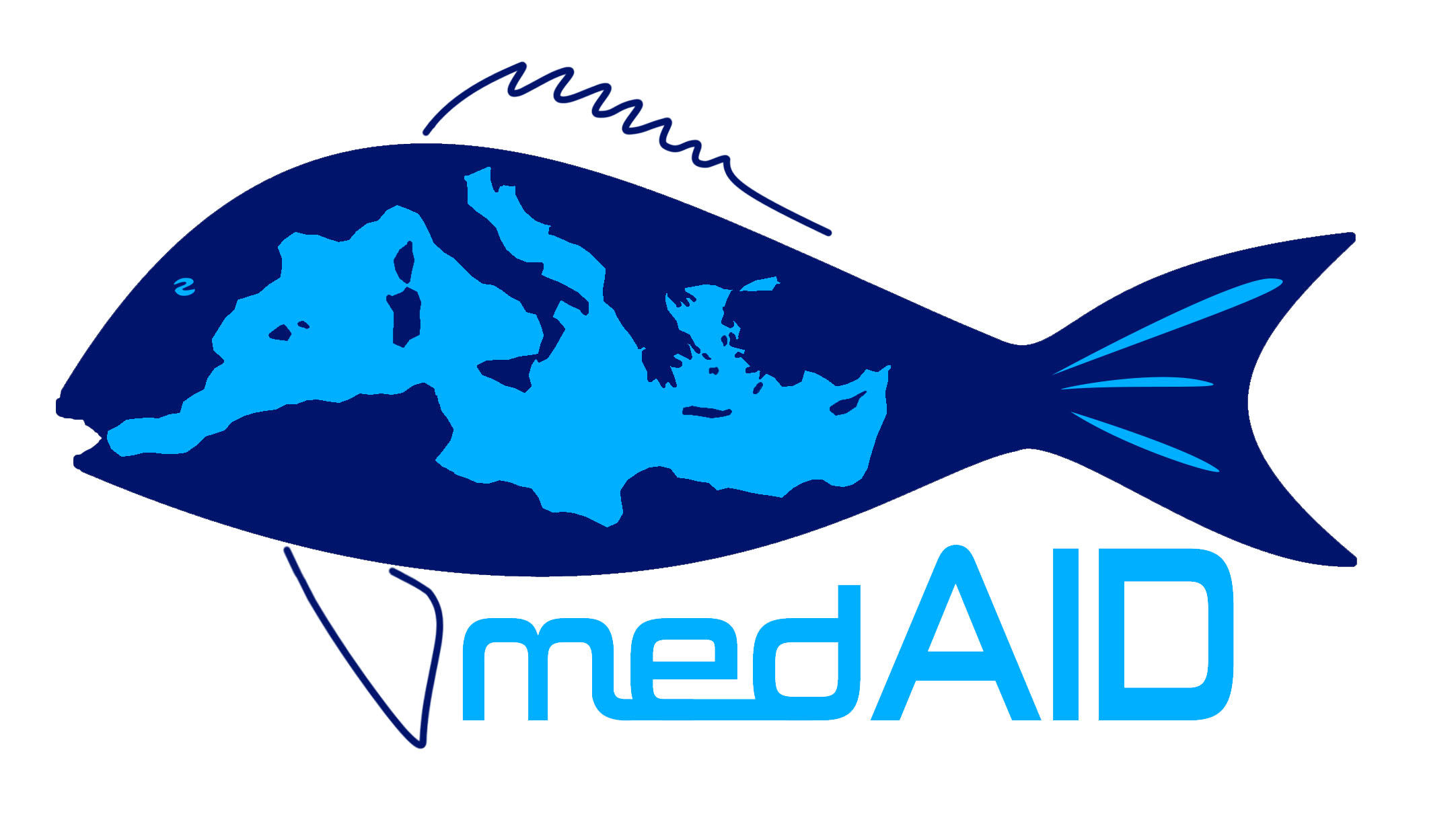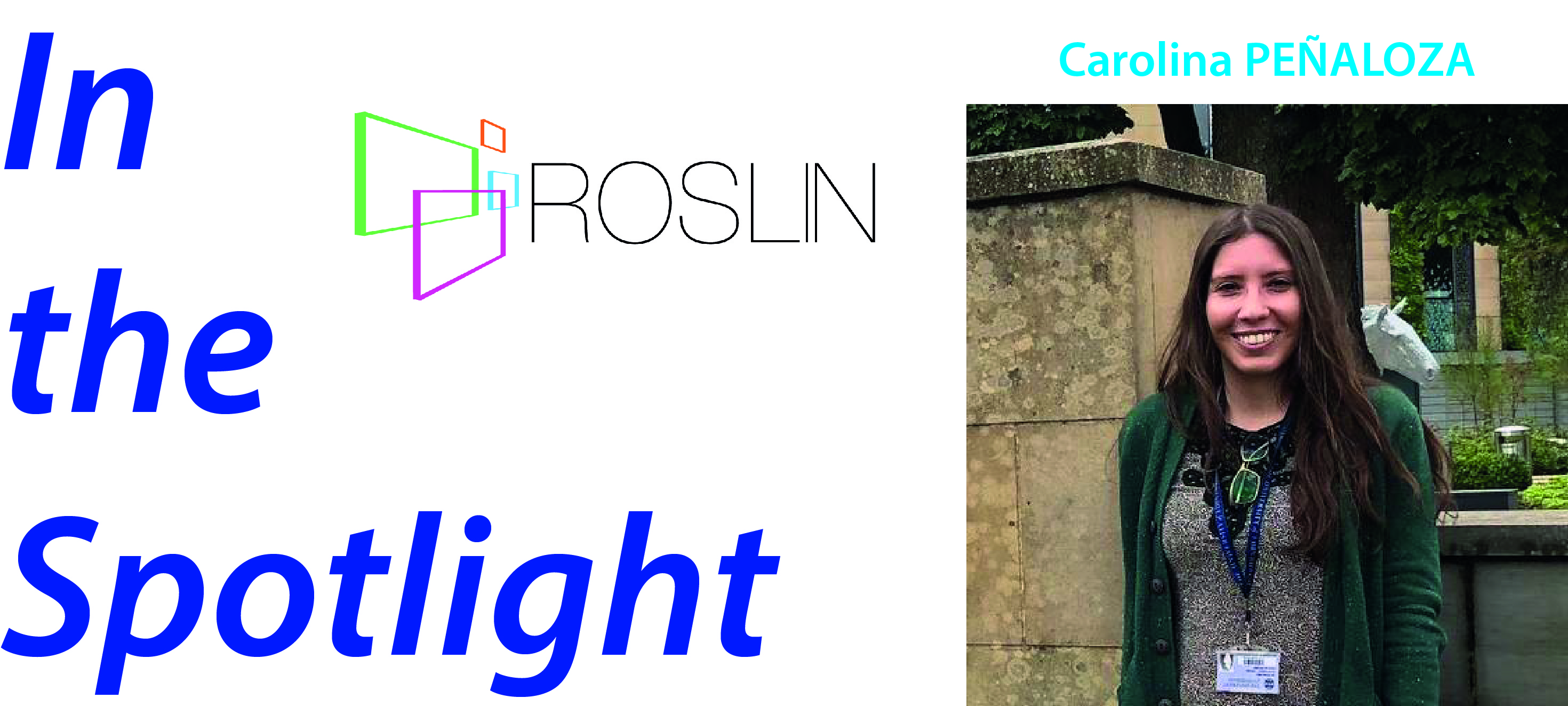i) What is your contribution to the MedAID project?
In the MedAID project I am part of the WP3 which is called ‘Genetics and Breeding’. The general objective of WP3 is to develop genomic technologies and techniques to improve selective breeding for improved performance of seabass and seabream fish. I work with Prof Ross Houston at Roslin, and we are collaborating with colleagues at NOFIMA on the creation of a combined-species (seabass-seabream) single nucleotide polymorphism (SNP) array. A SNP array is a technology that allows the high-throughput genotyping of tens of thousands of SNPs distributed throughout the genome in an individual of a species. To develop the SNP array, we will sequence the whole genome of several population samples from both seabass and seabream fish species. Molecular probes for these SNPs will then be placed on the array.To date, we have obtained samples of fin clips from representative farmed populations of the Mediterranean, and will shortly begin the DNA sequencing. At the end of this process, a large SNP database will be generated, which will contain most of the genetic variation present in Mediterranean bass and bream fish farms. With the aim of capturing as much genetic variation as possible, we have partnered with scientists in the PerformFish project to increase the number of populations that will be represented on the SNP array. From this SNP database, we will filter SNPs to select approximately 70,000 high quality SNPs (35,000 per species) to include on the SNP array.
ii) Why is this research needed?
The development of a SNP array platform for seabass and seabream is needed because, compared to other genotyping technologies, it allows interrogation of a higher number of sites in a species genome. This high-resolution scanning of genomic regions is critical for the accurate genetic analysis required to pinpoint gene variants that are responsible for variation in quantitative traits.
The SNP array is an enabling tool for high resolution genetic studies of two of the most important fish species in the Mediterranean. For example, it will provide the opportunity for high resolution mapping of loci affecting traits of interest to aquaculture production. Furthermore, SNP arrays have led to implementation of genomic selection in other aquaculture species (e.g. salmon). Genomic selection is where all SNP genotypes are used concurrently to predict the breeding value of candidate parent animals. Early studies in aquaculture species have shown that the selection accuracy, and therefore genetic gain, for key production traits is higher with genomic selection than when using the traditional pedigree-based approach.
Within the MedAID project, the development of the SNP array will enable downstream activities in WP3, including performing a genome-wide association study to map QTL affecting production traits in sea bass and seabream, and examining genetic diversity and relatedness of farmed bass and bream populations in Europe.
iii) What are the main expected outcomes/or possible impacts on the sector?
The main outcome of our work is the creation of a combined-species (seabass-seabream) SNP array with approximately 70,000 SNPs. It is important to note that this SNP array will be publicly available, and therefore will be available for both academic research and commercial applications. For example, fish breeding companies will be able to use the SNP array in their own breeding programmes, allowing them to use genomic selection to improve traits of economic and animal welfare importance, such as resistance to infectious diseases.

Carolina PEÑALOZA
The Roslin Institute, University of Edinburgh, United Kingdom

